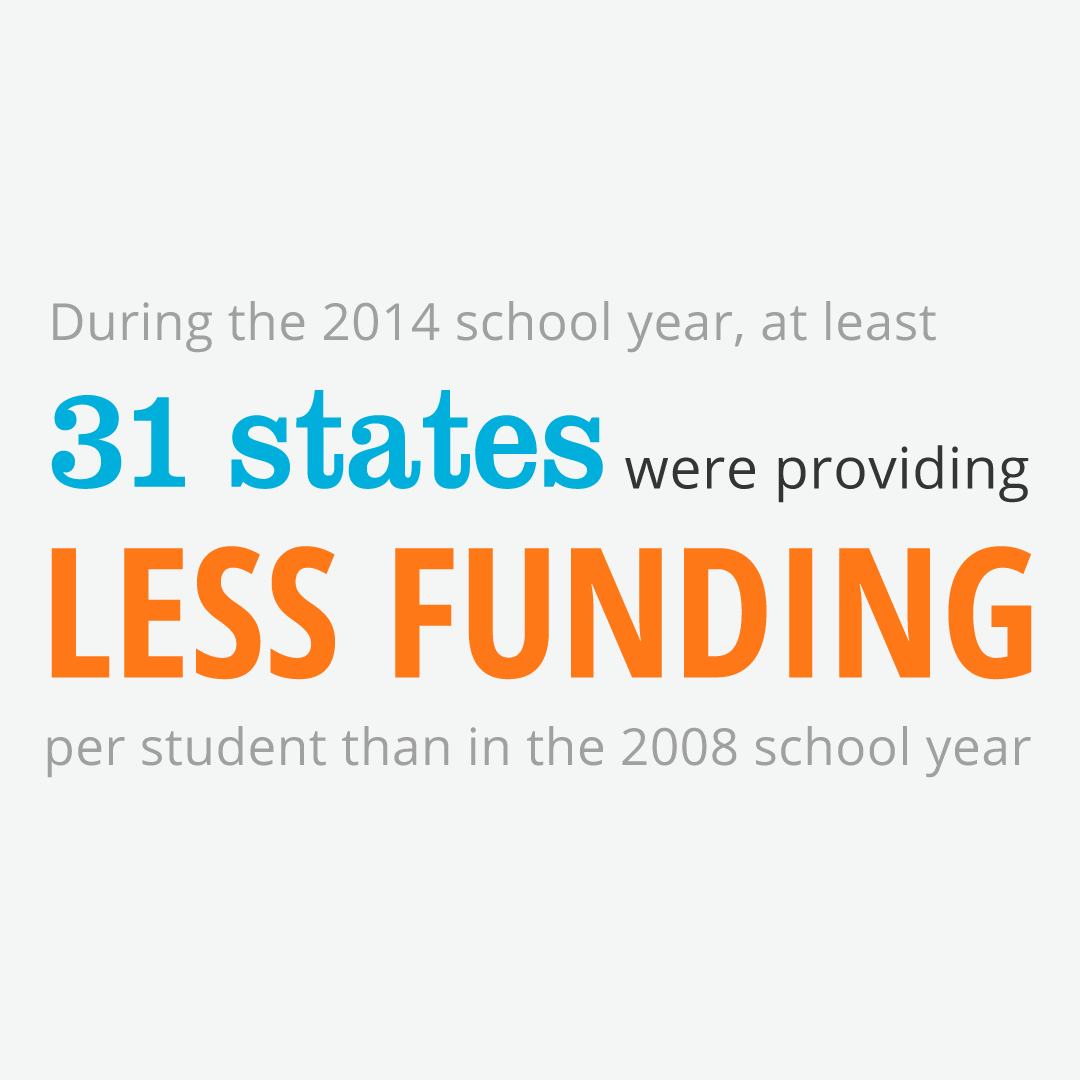We’re at peak hurricane season, with the recent Hurricane Dorian squeaking by the Carolinas, but devastating the Bahamas. At the same time in Houston, torrential rain and deadly flooding from the remnants of Tropical Storm Imelda is canceling flights, leaving hundreds of cars abandoned in the roads, and turning roads into rivers. Now is an example of how crucial it is that our infrastructure is resilient to these catastrophic weather events. The opportunity to build strategically in the aftermath of these storms is upon us.
According to NOAA, natural disasters cost the country $91 billion in 2018, the fourth-highest total costs from natural disasters since NOAA started tracking this data in 1980. It also marked the eighth consecutive year with eight or more natural disasters that cost at least $1 billion each.
The House Transportation & Infrastructure Committee marked-up the Resilience Revolving Loan Fund Act, which would ensure funds are available for communities before a disaster strikes so they can harden their infrastructure against future disasters rather than waiting for Federal Emergency Management Agency’s money in the aftermath of destruction. We know that the Stafford Act provides the legal authority for the federal government to aid states during federally declared major disasters and other emergencies. Modeled after the successful Clean Water and Drinking Water State Revolving Funds, the Resilience Revolving Loan Fund Act would actually amend the Stafford Act to create a federal program— authorized by FEMA— to provide states with revolving loan funds intended to finance projects that minimize the risk of earthquake, flood, storm surge, chemical spill, and other events FEMA deems catastrophic.
These would be low-interest funds, which would allow for cities and states to repay the loan with savings from mitigation projects. It also gives states and localities the flexibility to respond to oncoming disasters without paying high-interest rates so they can invest in their communities – cutting the red tape of having to wait on the federal government.
We know that an ounce of prevention is worth a pound of cure. Disasters are costing our economy as much as 8 percent annually. The American taxpayer gets a return of over $6.00 for every $1.00 put into resilience and mitigation. We have an opportunity here with this piece of legislation. Resilience is where we can ensure our infrastructure is built for the future. With limited funding dollars available, designing and building resilient infrastructure is ensuring that our investments last, which is why there is value in incorporating system resiliency into the decision-making process. The Resilience Revolving Loan Fund will help cities that so desperately need the funding to invest in projects that reduce damage and minimize risks of these deadlier and more catastrophic disasters.
ASCE is proud to support this legislation along with the Mississippi River Cities and Towns Initiative, U.S. Chamber of Commerce, and the Nature Conservancy. In addition, in an a St. Louis Post-Dispatch op-ed, ASCE Region 7 Director Marsia Geldert-Murphey, P.E. stressed the importance of this piece of legislation, as our future depends on resilient infrastructure and as civil engineers, we think about building infrastructure that will last for 50 to 100 years or more. The bill passed out of the House Transportation & Infrastructure Committee yesterday and now awaits a full House vote.























































